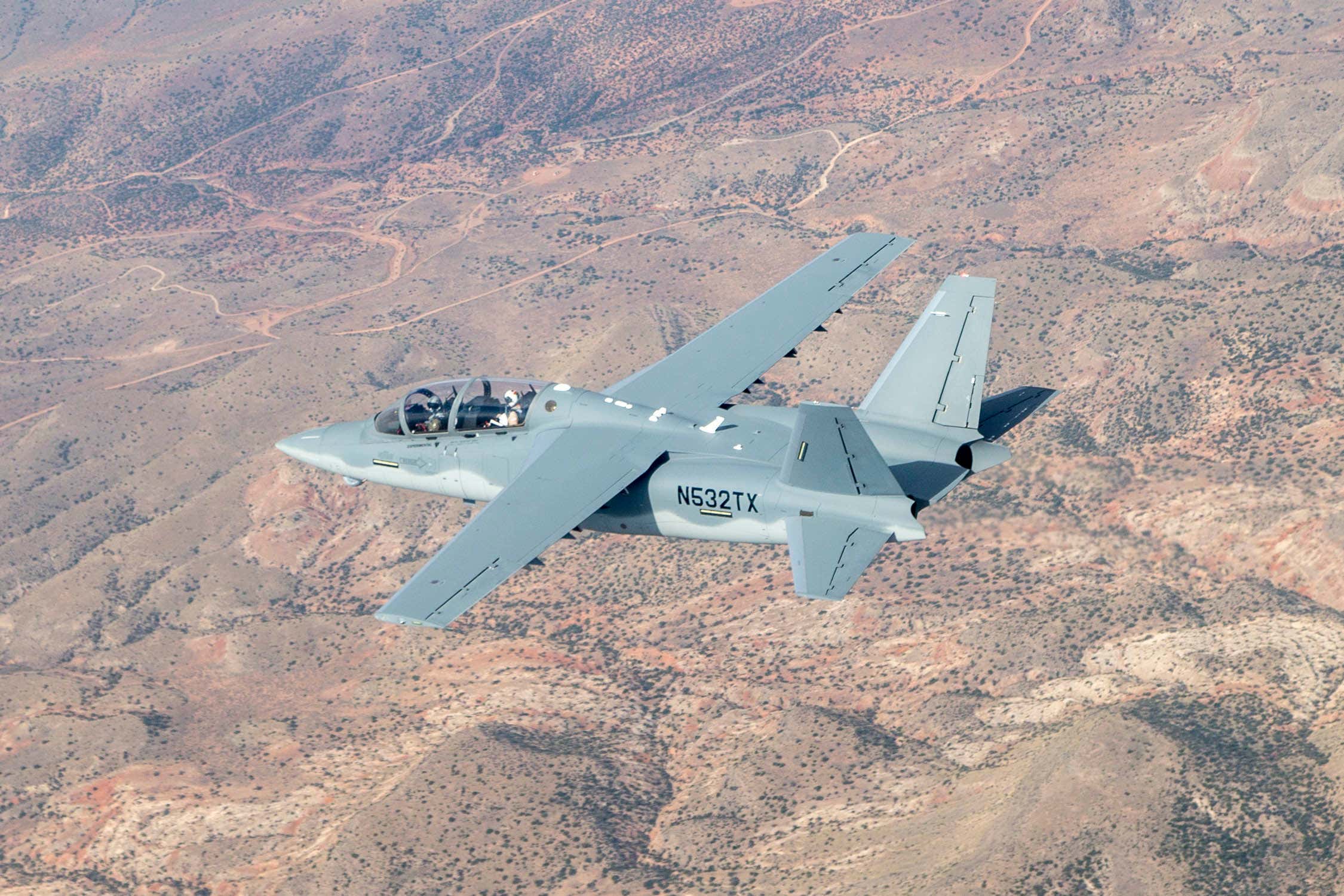The Air Force is considering the possibility of replacing the A-10 Warthog, the primarily purpose built aircraft in the Air Force for providing close air support to ground troops, with drones. But that is arguably the worst role of the many that the Air Force has on its plate to turn over to AI systems in a drone, and remote control systems can be jammed at a fairly modest level of technology, sophistication and cost (it is almost always easier to destroy than to create).
[L]ower-cost unmanned aircraft using AI-driven systems could help the Air Force finally adopt a light attack platform after more than a decade of abortive efforts in this regard. Despite initial plans to buy hundreds of aircraft, the service dramatically scaled back its most recent attempt, known as the Light Attack Aircraft program, in 2019. U.S. Special Operations Command (SOCOM) subsequently tried to revive the project, but Congress blocked that effort in its annual defense policy bill, or National Defense Authorization Act (NDAA), for the 2021 Fiscal Year.U.S. AIR FORCE/CHRISTOPHER OKULAA Textron Scorpion above White Sands Missile Range, New Mexico, while participating in a U.S. Air Force experiment in 2017.So, there remains a requirement for a light attack platform that could potentially be filled by an advanced unmanned alternative. In the meantime, the Air Force had also attempted to cease buying MQ-9 Reaper drones, which currently undertake many of these types of lower-end combat missions, but this was ultimately blocked by Congress, too. Still, close air support (CAS) is a mission that still benefits hugely from a human in the cockpit. As such, the exact capability set of a semi-autonomous drone, in this regard, may be limited. One could imagine giving the targeting control directly to those the drone is tasked with supporting on the ground though. This could compress the kill-chain and help with providing CAS in contested environments where a stealthy and attritable airframe may be overtly beneficial. Just such a concept was floated by the then Air Force Chief of Staff General Mark Welsh, who described it as “a flying Coke machine.” You can read all about that in this past article of ours.
“The F-15EX is the most affordable and immediate way to refresh the capacity and update the capabilities provided by our aging F-15C/D fleets,” General Mike Holmes, head of Air Combat Command, also said. “The F-15EX is ready to fight as soon as it comes off the line.” . . .
"The F-15EX is the most advanced version of the F-15 ever built, due in large part to its digital backbone," Lori Schneider, Boeing's F-15EX Program Manager said in a statement regarding the new contract award. “Its unmatched range, price, and best-in-class payload capacity make the F-15EX an attractive choice for the U.S. Air Force.”A key difference between the F-15EXs and the older F-15C/Ds they are slated to replace lies in the former's Open Mission Systems (OMS) architecture. The OMS architecture will enable the rapid insertion of the latest aircraft technologies. The F-15EX will also have fly-by-wire flight controls, a new electronic warfare system, advanced cockpit systems, and the latest mission systems and software capabilities available for legacy F-15s.
